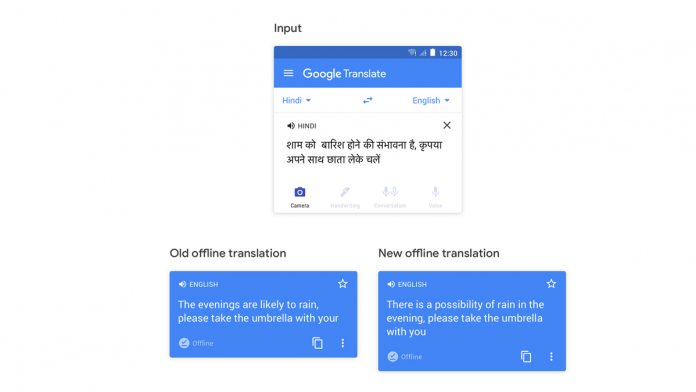How exactly Google calculates those accuracy percentages or which breakthroughs are responsible is unclear. After all, there are degrees of accuracy with translation, where they may be literally correct, but don’t carry the same sentiment or grammatical nuance. Whatever the case, users should notice a difference in some scenarios, and the improvements extend to transliteration. For the unfamiliar, transliteration refers to the practice of displaying a phrase from one alphabet in a user’s native one. Google gives the example of the Hindi word ‘??????’, which will is illegible to many, but may be recognizable in its Latin alphabet form, ‘namaste’. The feature now supports an additional ten languages offline, including Arabic, Bengali, Gujarati, Kannada, Marathi, Tamil, Telugu and Urdu. This can be a big help if you’re learning a language with a different alphabet, especially when it comes to pronunciation Comparatively, Microsoft Translator supports over 60 languages for online and offline use. However, there doesn’t appear to be offline transliteration support. Thankfully, the luxury of modern life means you have the ability to chop and change based on the situation. You can grab the latest version of Google Translate from the Play Store. Unfortunately, the improvements don’t seem to be available for iOS yet, but they’ll launch fairly soon.




